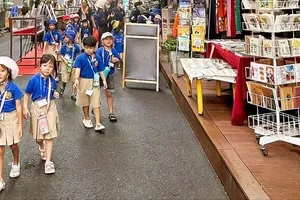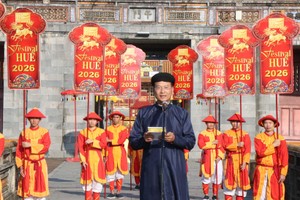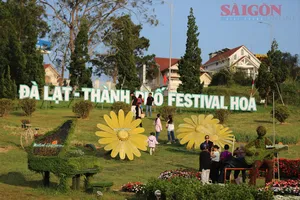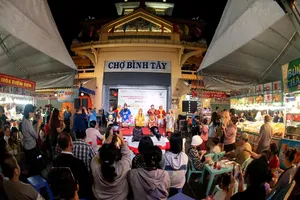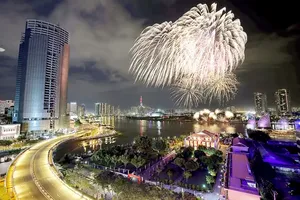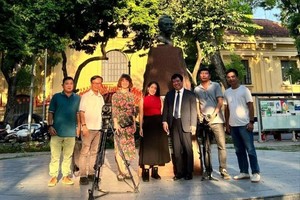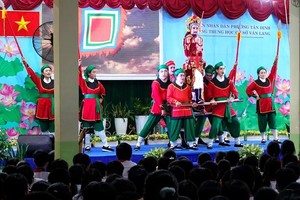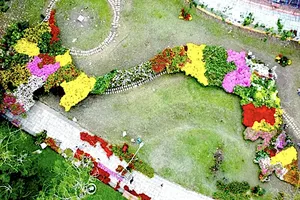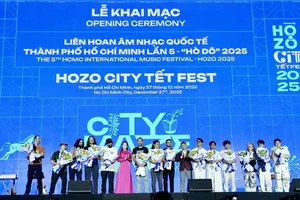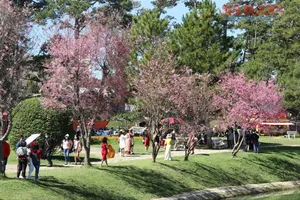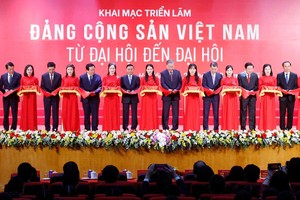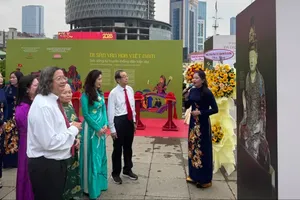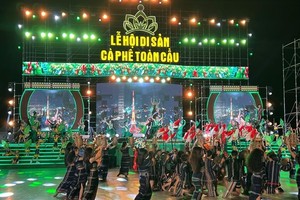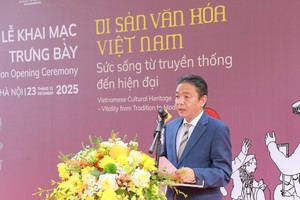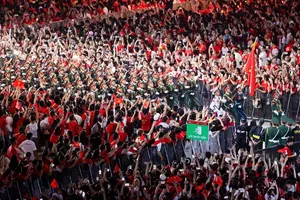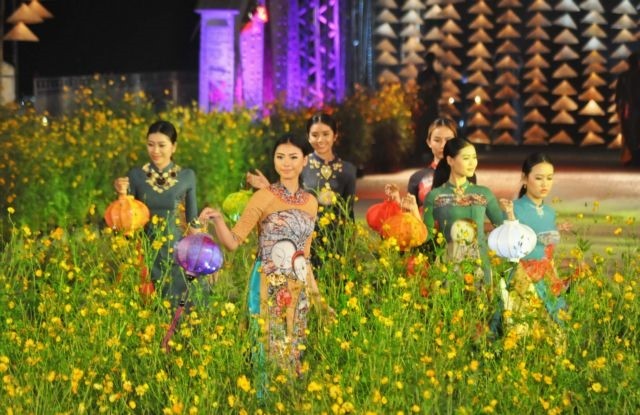
Researchers in the heritage city said that in Hue everyone used to wear áo dài any time they left their houses, both women and men, and they want this tradition to be restored to bring a taste of the old to the modern world.
The researchers have urged the local government to promote the idea in order to attract more visitors. They also said that reviving the áo dài would reaffirm Hue was the birthplace of the traditional dress.
Researcuo Nguyen Phuc Khoat during the Nguyen Lords rule (1558-1777). The lords were the ancestors of the later Nguyen Dynasty (1802-1945).
“At that time the lord of Dang Trong (the southern part of old Vietnam) wanted a costume that differentiated locals from residents of Dang Ngoai (the northern part of old Vietnam),” he said.
“So the Ao dai was created.”
In 1837, Minh Mang, the Nguyen Dynasty’s second king, issued a decree to make the áo dài a national dress for all regions. He instructed all people to wear the garment on a daily basis, not just for special occasions.
Hoa explained that the costume was designed in different styles for different occasions and to differentiate social classes.
According to researcher Tran Dinh Hang, director of the Vietnam Culture and Arts Study Institute in Hue, although the costume was born in the city, it has been a national legacy for almost 200 years, so different styles can be found around the country.
“But the Ao dai from Hue stands alone in terms of this national dress in terms of colour, fabric and style,” said Hang.
A popular comeback
Researchers and local authorities in Hue are eager to make the Ao dai popular again in Hue.
Phan Ngoc Tho, chairman of the People’s Committee of Thua Thien-Hue Province, told a recent seminar to promote the popularity of Ao dai that he admired the old generations’ attitude to the national costume.
“Before 1975, women in Hue always used to wear the Ao dai. Even when she was in a rush, my mother always dressed up before she left the house,” he said.
Earlier this month, Tho agreed to offer free entrance to the city’s citadel on March 7 and 8 for women wearing the traditional dress on the occasion of International Women’s Day.
Researcher Hoa suggested the local government should invest in a regular festival to promote the áo dài.
“If possible, staff at the citadel should all be dressed in the Ao dai,” Hoa said. The researcher also wants local authorities to hold ceremonies at the resting places of Vo Vuong Nguyen Phuc Khoat and King Minh Mang to commemorate them.
Researcher Hang supported Hoa’s ideas and recommended a centre be built for the study, trade and exhibition of Ao dai in Hue to serve visitors.
According to renowned fashion designer Minh Hanh, Hue has a sound platform to carry out these ideas, including material suppliers and skillful tailors.
Hanh suggested the local government should work with tailors to provide a fast service for tourists, who were only staying in the city for a short time, wanting to buy an Ao dai.
The researchers pledged to work with authorities. They also suggested calling on the private sector to, for instance, open an Ao dai shop at the local airport.

